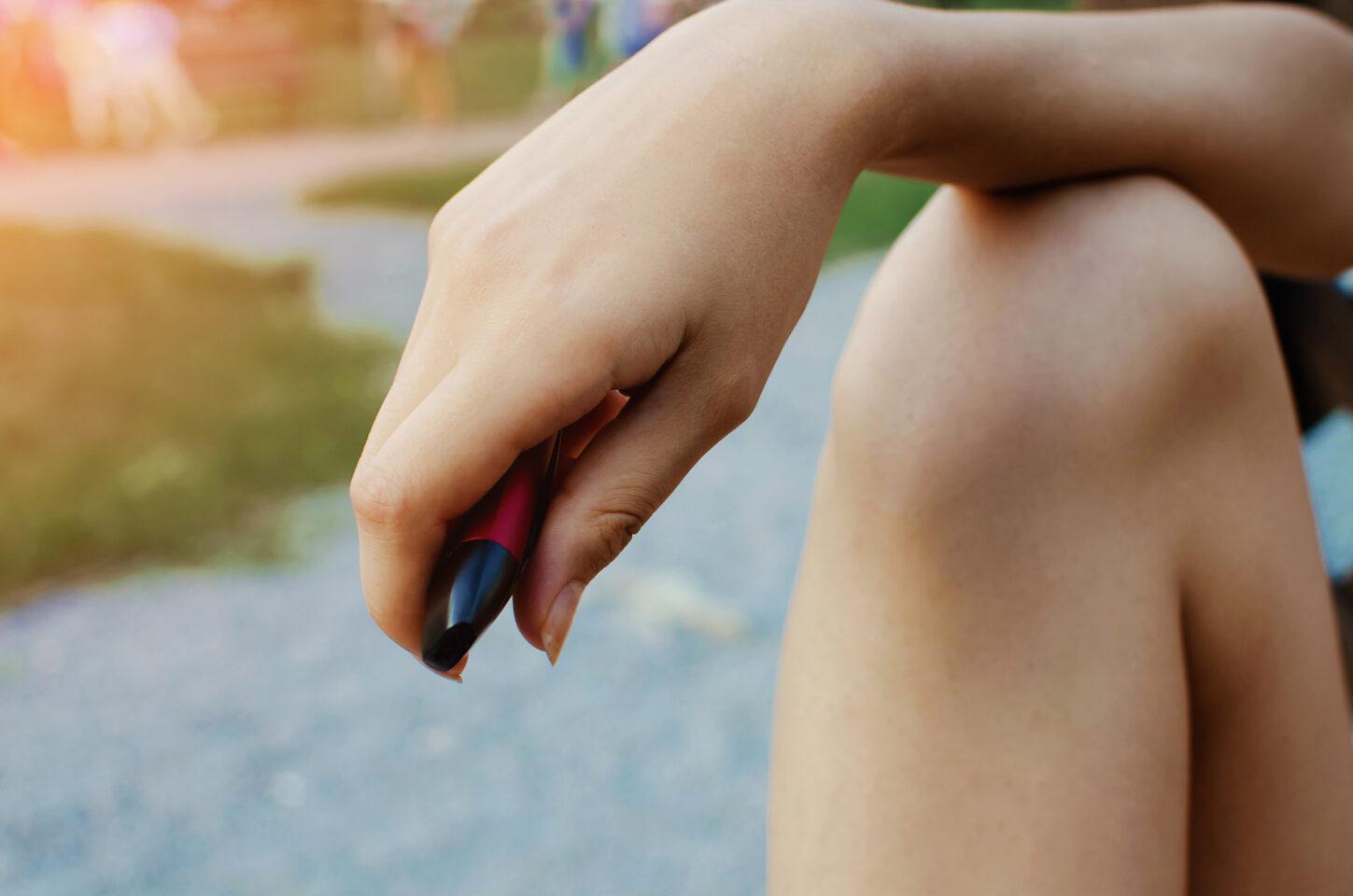
The hidden dangers of vaping
April 20, 2023
If it seems as though vaping has become more prominent in recent years, you’re not mistaken. More and more Australians are taking up this concerning habit.
What’s so bad about vaping?
If you look beyond the brightly coloured, futuristic devices and appealing candy scents, there are a multitude of dangers hiding within each vape. However, as a relatively new phenomenon, there’s still a lot we need to learn about vaping and the impact that it can have on our health long term. Whilst researchers around the world hastily seek to learn more about these devices, it’s important to remain cautious. So, here’s what is known about vaping so far:
We don’t know what we’re inhaling
Vapes are often marketed as the ‘safer’ choice over traditional tobacco products and were originally designed as a quit-smoking aid, but this perception of safety is unlikely the reality. Vapes are notoriously lacking in any kind of regulation at this point in time, which means there is little transparency around which chemicals or materials an individual vape might contain. For example, many vapes are labelled nicotine-free, despite actually containing varying levels of nicotine.
This lack of regulation means that from brand to brand, there will be discrepancies and differences between available products and the dangers they pose, but generally speaking, we do know that vapes can contain hazardous substances and cancer-causing agents such as formaldehyde, acetaldehyde, propylene glycol and heavy metals such as tin, nickel and lead. These are agents typically found in glues, plastics, paints and building materials and put simply, are toxic to human cells, and whilst research is ongoing, there is emerging evidence linking vape usage with severe lung disease.
A new generation of smokers
Until vapes started becoming commonplace in recent years, smoking in Australia looked very different than it had in previous generations. Stricter regulations and anti-smoking advertising campaigns, as well as plain and divertive packaging were all effective methods in reducing smoking cigarettes and tobacco among Australians, and particularly among younger people.
Now, children and young adults represent a new generation of smokers who may not otherwise have taken up smoking traditional cigarettes. Among young people aged 16-24 who had tried an e-cigarette, the Alcohol and Drug Foundation reports that 74% tried vaping out of curiosity. The lure of flavours, lack of unpleasant odour compared to cigarettes, low cost, ease of purchase and the perceived ‘harmlessness’ of vaping is also driving more uptake among young people. But, as vapes still contain nicotine, there is still the risk of addiction.
Accessibility is also driving addiction
Currently, vapes are easily accessible to purchase for people of all ages from local convenience stores and tobacconists. However, accessibility of purchase is only the tip of the iceberg. Unlike traditional cigarettes, vaping is easy to do anywhere, anytime and doesn’t require a conscious, extended break in our daily activities. Many people vape multiple times a day, or even multiple times per hour, so it can become difficult to track how often you are vaping. In a recent study in the US, it was found that in 2021, around 10% of young people in America reported that they vape within 5 minutes of waking up in the morning, a 9% increase since 2017. Because vaping is quick, doesn’t require a lighter or an outdoor space, is smoke free and largely odourless it is easy to pick one up and give yourself a nicotine hit whenever you need.
Signs that vaping is starting to impact your health
There is still a lack of available research available into the long-term impacts that vaping may have on your health. However, if you are experiencing symptoms such as cough, shortness of breath, chest pain or other unexplained symptoms such as weight loss or fatigue and have been using vapes, it is important to seek professional advice from a medical health practitioner. If you are concerned that you may be addicted to vaping, a mental health professional or rehabilitation hospital like South Pacific Private can help.
Why we don’t support vaping in treatment
At South Pacific Private, we are a cigarette and vape free facility. For many coming into treatment, coping with the demands of rehab and detoxing, without being able to smoke might be a daunting prospect, however there are important therapeutic reasons behind this stance. In our 30 years of experience in human behaviour, addictions, trauma, and mood disorders, we know that healing from our trauma is made harder when we’re numbing our feelings with things like sugar, caffeine, technology and nicotine. South Pacific Private offers a structured environment where the rules support you to abstain from mood-altering substances or behaviours allowing the feelings you have been running from to emerge. To support you in this, we teach you skills for choosing different behaviours and strategies to address feelings in a safe and supportive environment, so you’re never alone.
South Pacific Private offers residential treatment programs for those experiencing addiction, anxiety and depression. To see how our program may be beneficial to you or someone you care about, take a free self-assessment or call our caring team on 1800 063 332.

